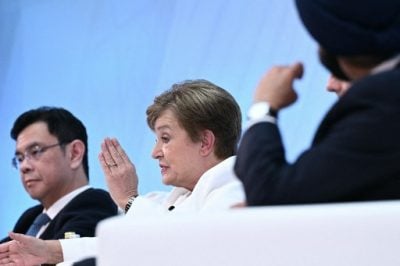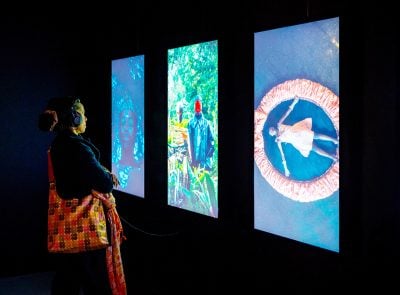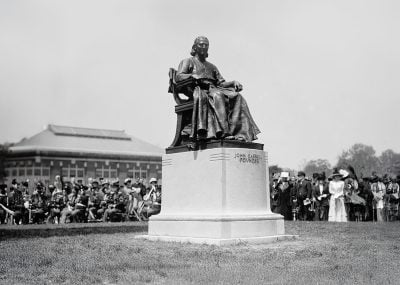Like many South African politicians, the public life and underground activity of Cyril Ramaphosa (above, in 1991) were cast in university student politics and honed and hardened in the labour union movement.
Although union and student activism were tolerated by the White government of the National Party, the limits were tightly drawn and it didn’t take much to overstep the mark and inevitably end up behind bars.
Ramaphosa drew his line in the sand while studying at the University of the North, now the University of Limpopo. He was quickly incarcerated for organising anti-government rallies in 1974 along with other student activists. He was later released and graduated in 1981, and joined an independent trade union movement, the Council of Unions of South Africa (CUSA). A year later, the government and the Chamber of Mines allowed black mine workers to join unions.
This was Ramaphosa’s cue for some serious worker organising and in less than a year he established and mobilised the National Union of Mineworkers (NUM). The government soon realised that NUM was a union with political teeth and in the vanguard of transforming labour relations in the mining industry.
Portent of high office
His early crusades focused NUM on improving wages and working conditions for black miners, winning a succession of victories through bargaining councils and the courts. Nothing came easily. Ramaphosa led NUM to a three-week strike in 1987 after a wage deadlock with the Chamber of Mines.
It was a costly and bitter battle and it established the power of organised black labour. The strike halted production at half of South Africa’s gold mines and some 20% of the coal mines. The walkout cost the mining industry millions of rands a day. A measure of his success was his growing of NUM’s membership from 6,000 workers in 1982 to 300,000 10 years later.
Ramaphosa’s signal moment in his development and portent of the high political office to come was his introduction of Nelson Mandela to the thousands of supporters outside the Cape Town City Hall. It was Mandela’s first public speech in 30 years.
Following the unbanning of the African National Congress (ANC) In July 1991, Ramaphosa was elected secretary general and at the party’s leadership core that would negotiate a new constitution with the then National Party government. As a result, he rose to prominence for his role as head of the ANC delegation which, in November 1991, negotiated the end of Apartheid with the government.
The first democratic election in 1994 saw his appointment as a member of Parliament. He was later elected chairperson of the Constitutional Assembly and earned high acclaim as co-convener of South Africa’s globally respected constitution.
Want to continue reading? Subscribe today.
You've read all your free articles for this month! Subscribe now to enjoy full access to our content.
Digital Monthly
£8.00 / month
Receive full unlimited access to our articles, opinions, podcasts and more.
Digital Yearly
£70.00 / year
Our best value offer - save £26 and gain access to all of our digital content for an entire year!
 Sign in with Google
Sign in with Google 


